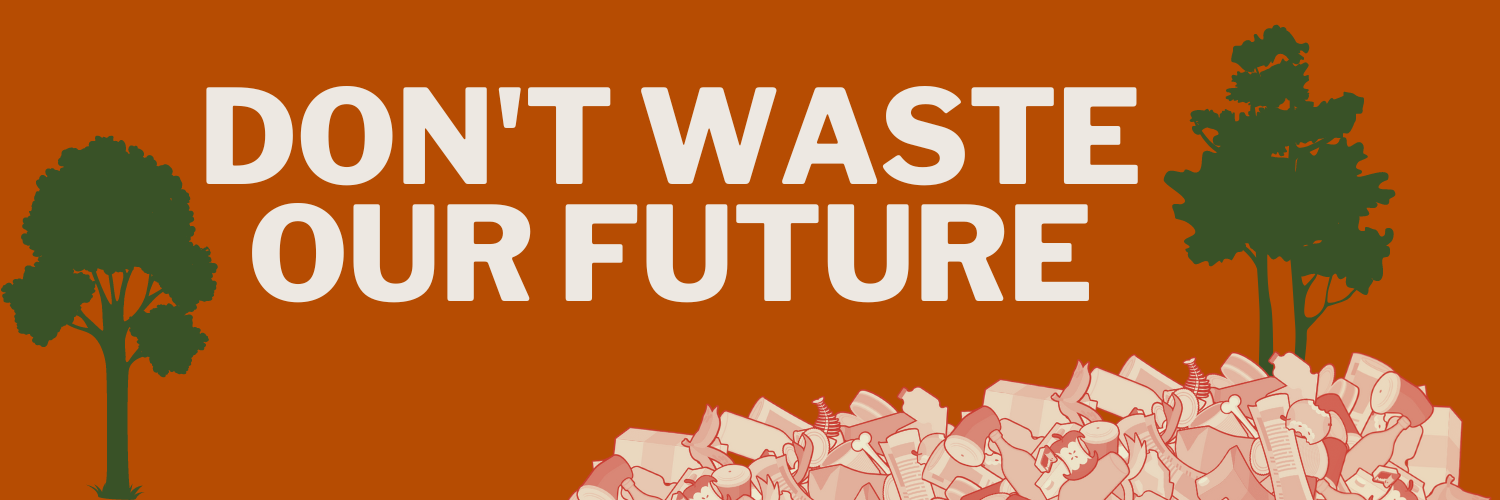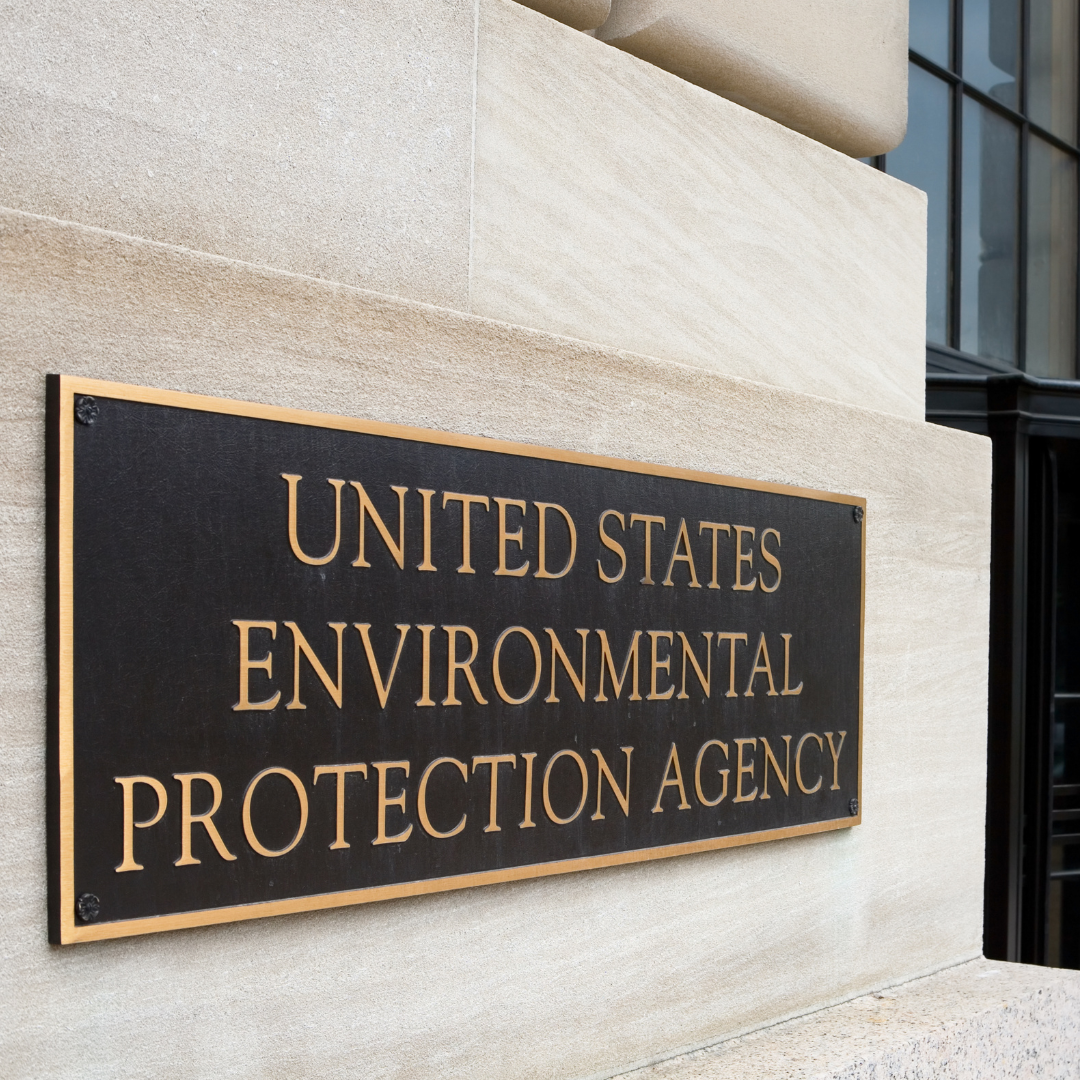
The obvious fixes to EPA landfill regulations
On May 18, Environmental Integrity Project (EIP) released a report, Trashing the Climate: Methane from Municipal Landfills, detailing the incredible amount of landfill methane emissions, and the need to better regulate those emissions. Landfilled organic waste—food, paper and yard—generates methane under anaerobic conditions. The vast majority of emissions come from open or active municipal solid waste (MSW) landfills.
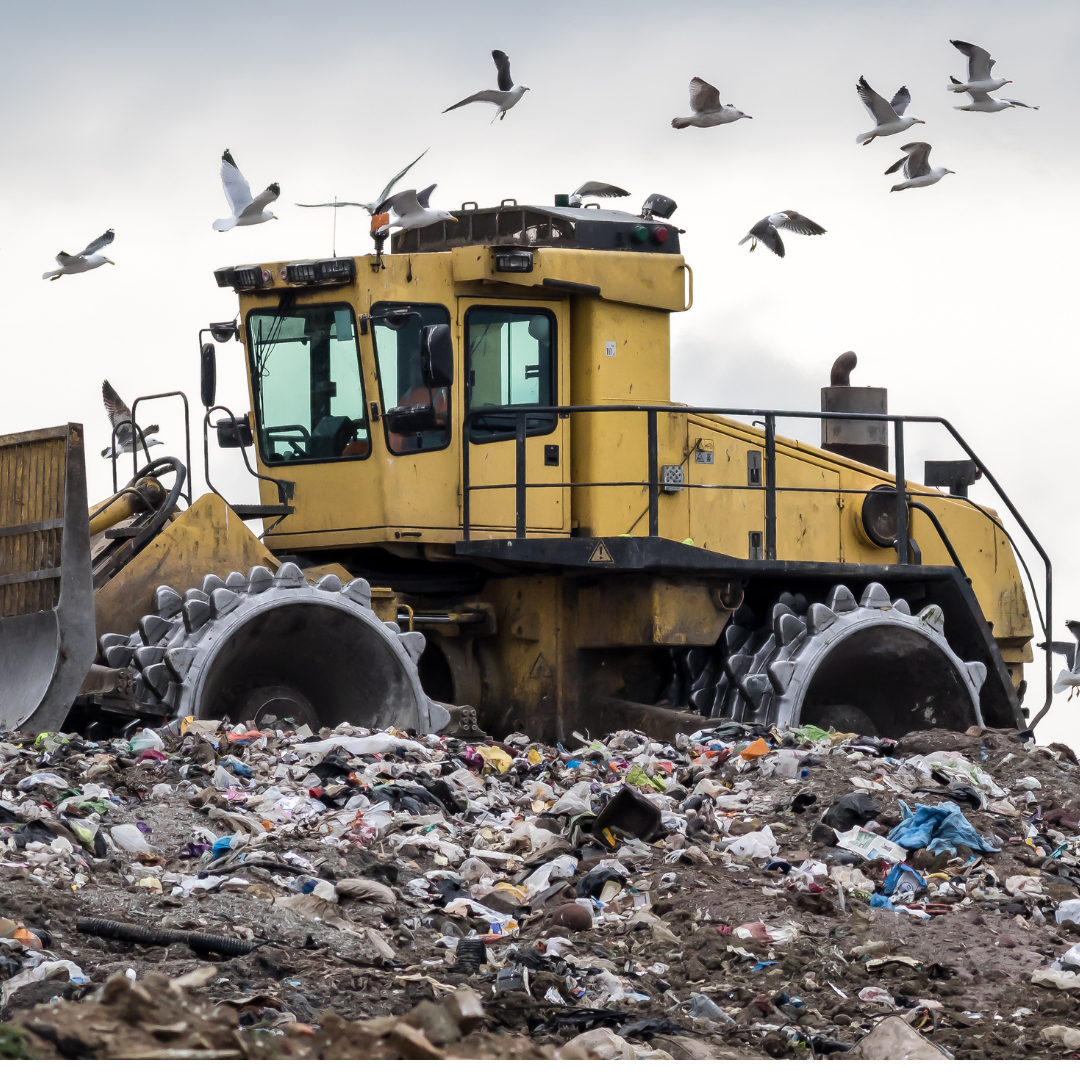
The active face of landfills emit unchecked methane
Methane, a potent greenhouse gas, is emitting from the active face of landfills…and there’s no federal air emissions regulation in place to stop it.
Landfills produce methane emissions, as organic waste decomposes under anaerobic conditions. But a gap in current EPA emissions regulations is in addressing the active or working face of the landfill: the area where new waste is deposited.
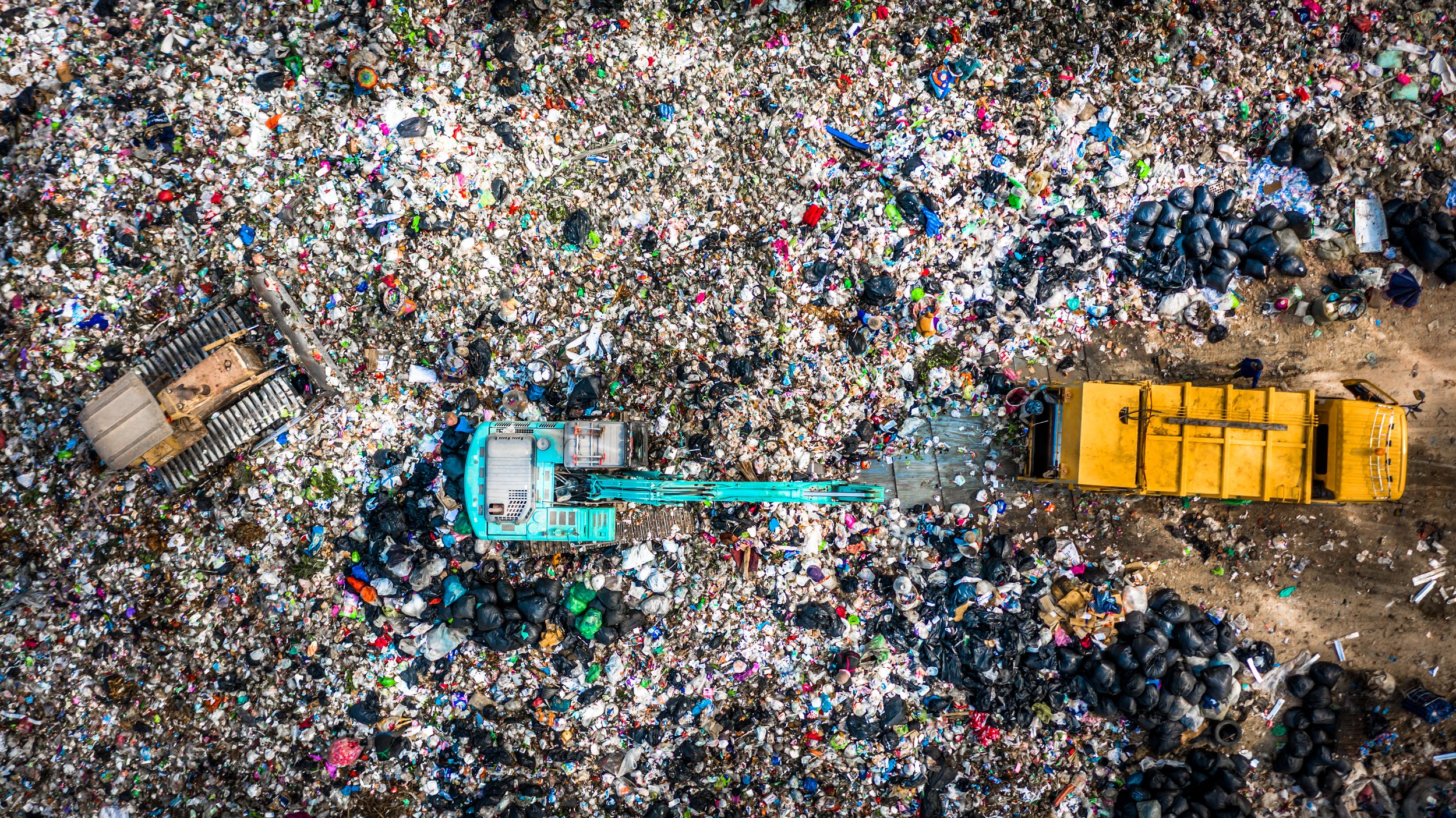
on earth day, massachusetts must reckon with its waste crisis - 40% reduction in reach!
MassPIRG executive director shares low-hanging fruit actions that state of Massachusetts can take to reduce waste.
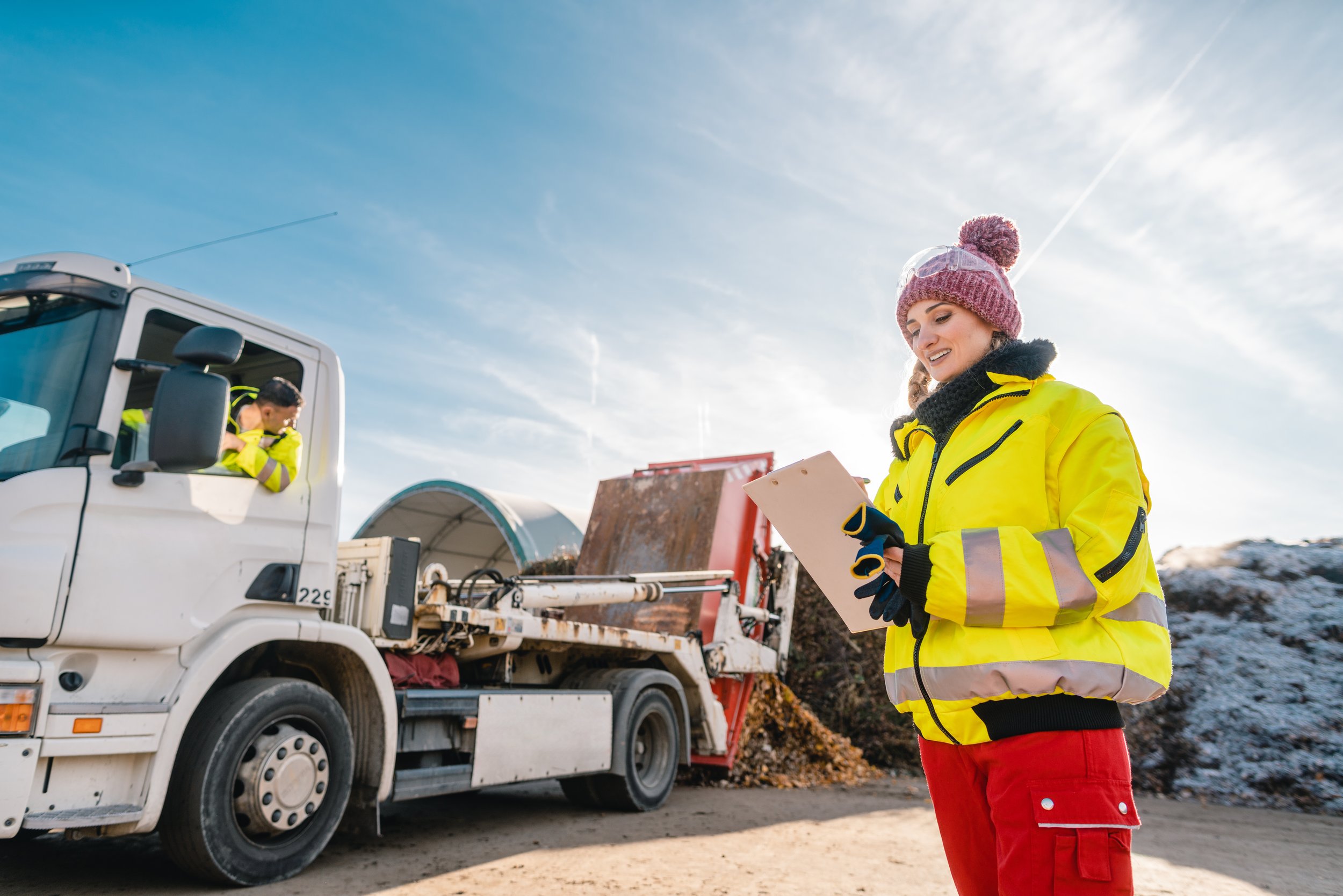
UN Sounds “Final Warning” on Global Warming
We Must Address Landfill Methane Super Emitters
Last week, the UN Intergovernmental Panel on Climate Change released its latest report on climate change: a clear warning that the climate time-bomb is ticking. At the same time, the report demonstrated that we have available solutions to reduce global warming.

Why Diverting Trash From Landfills matters
Diverting Trash from a Landfill Can Improve the Environment AND Create More Jobs
The take-make-waste economy uses up precious natural resources, harms communities, and contributes to climate change. It’s also costing us all a lot of money. But from a jobs perspective, how does it stack up?
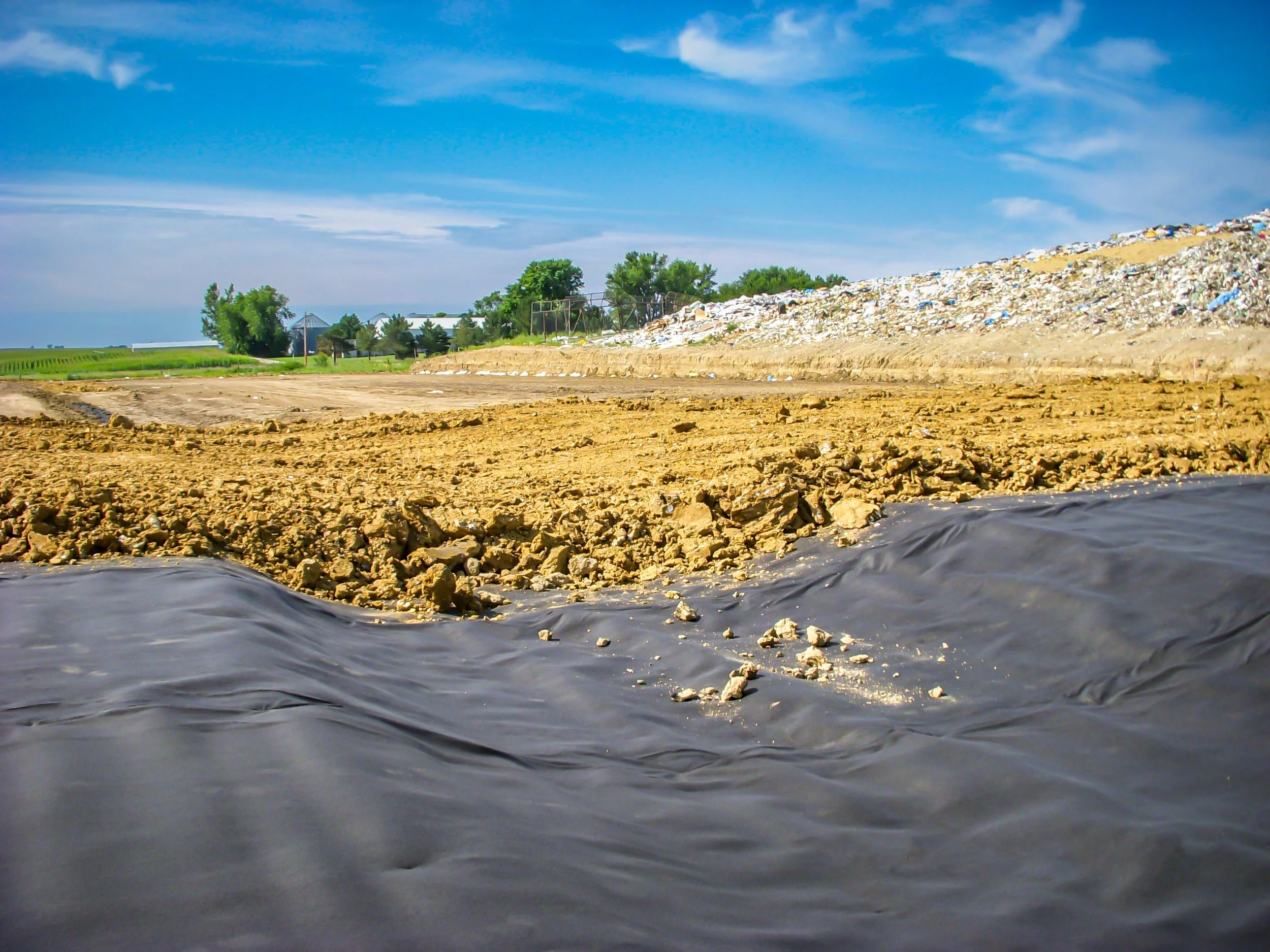
The type of landfill cover matters
Research study (and common sense!) finds type and timing of landfill cover is a key factor in limiting methane emissions — but it’s left out of current federal regulations.
Methane gas is like carbon dioxide on steroids, making methane reduction one of the fastest ways to slow global warming. People might think about landfills as inert piles of garbage but they are actively creating methane and other toxic leachate and gasses every day.
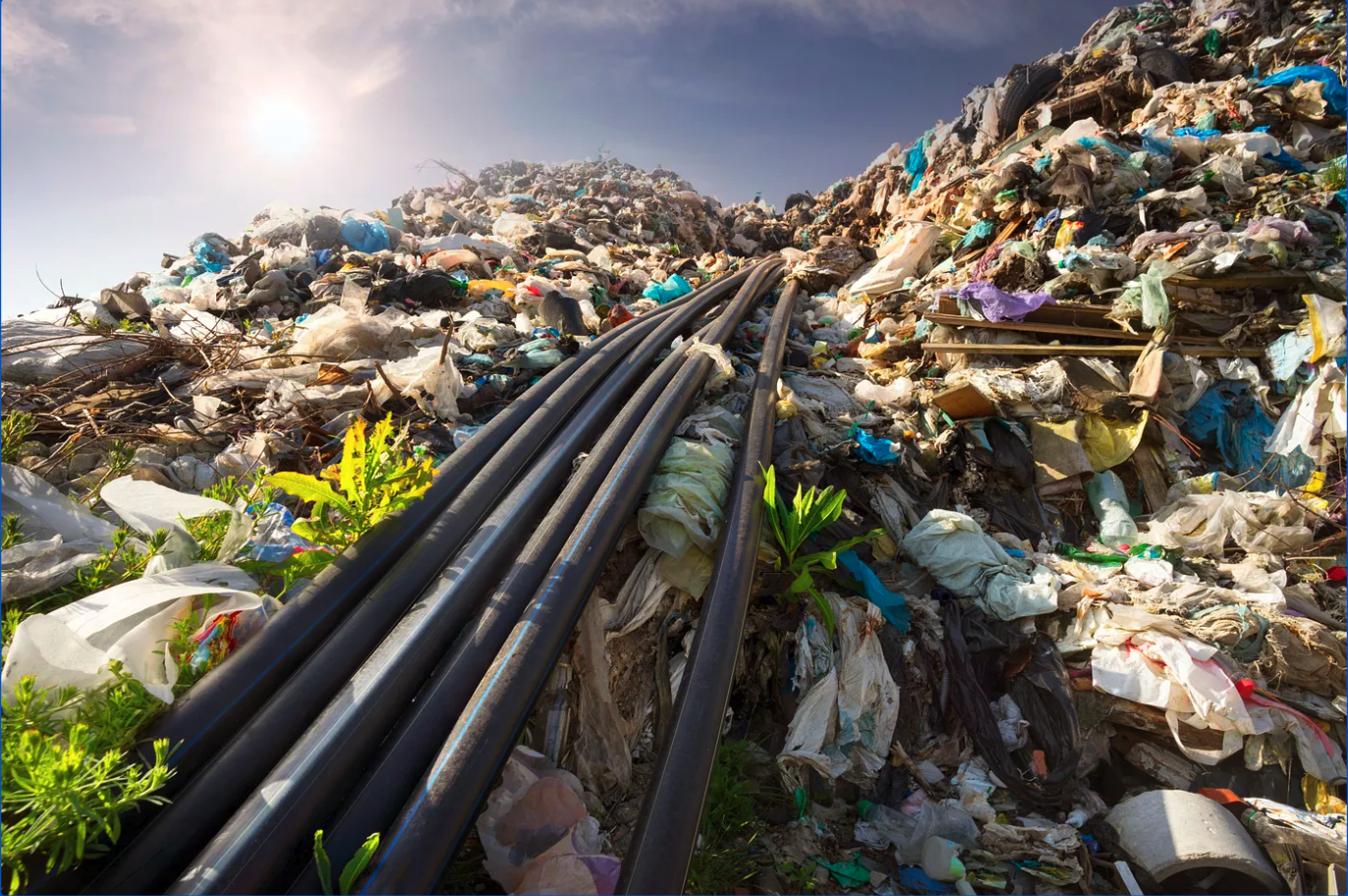
New england states making moves on methane
New England States are Making Moves to Reduce Food Waste, Reduce Methane and Other Emissions from Landfills
Landfills are costly, emit one of the most potent greenhouse gases, and present many challenges to communities. The good news is there are proven, cost-effective policies that states and local units of government can implement.
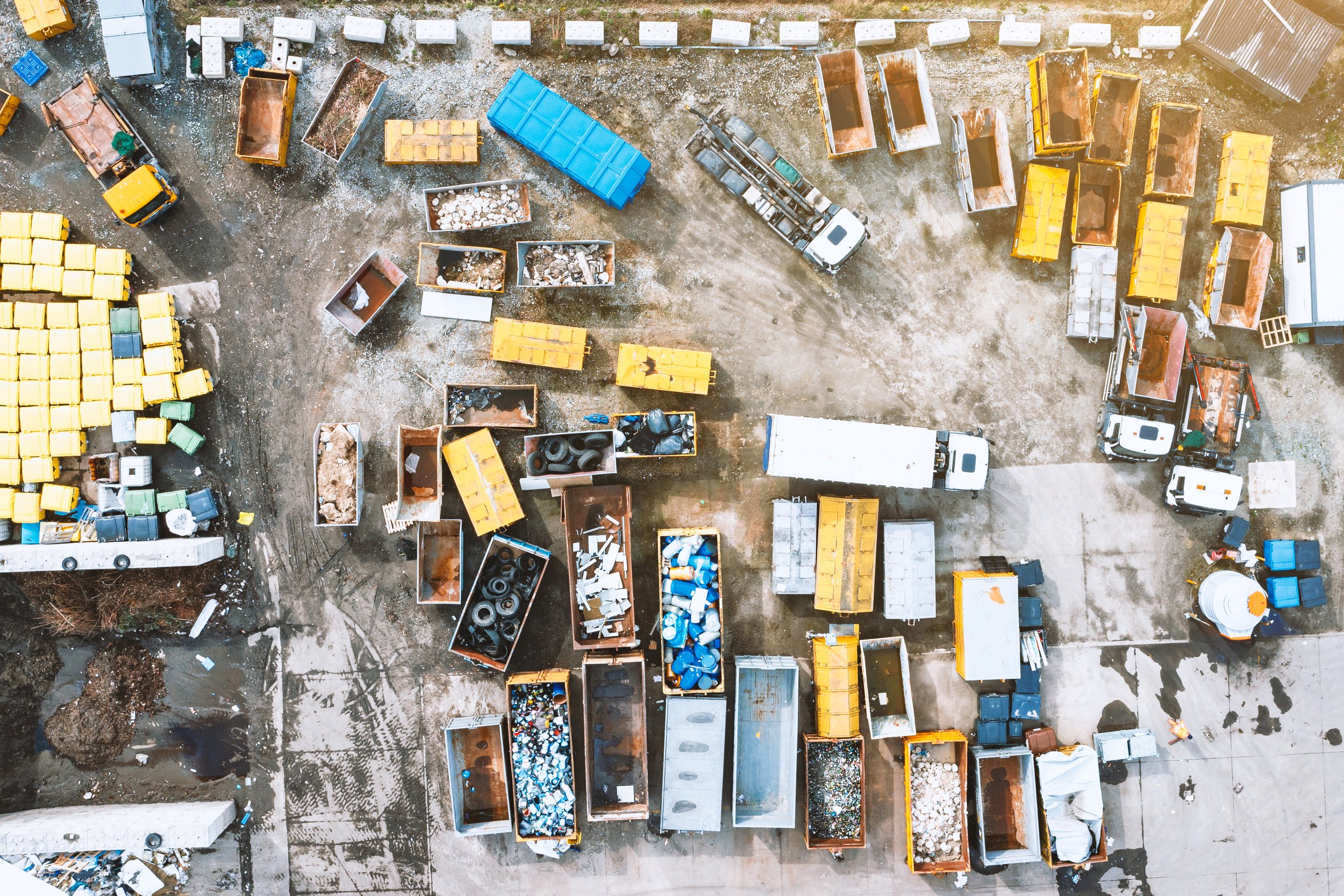
Underreported issue alert
Underreported issue alert — Landfills have larger detectable methane emissions than detectable emissions from oil and gas, energy, wastewater or dairy, says study.
Methane is one of the most potent greenhouse gases:it’s short-lived, but has intense immediate impact, and warms more quickly than carbon dioxide. And it packs a punch: methane is over 85 times more powerful than carbon dioxide in the short term. So lowering methane emissions is one of the fastest ways to slow global warming.
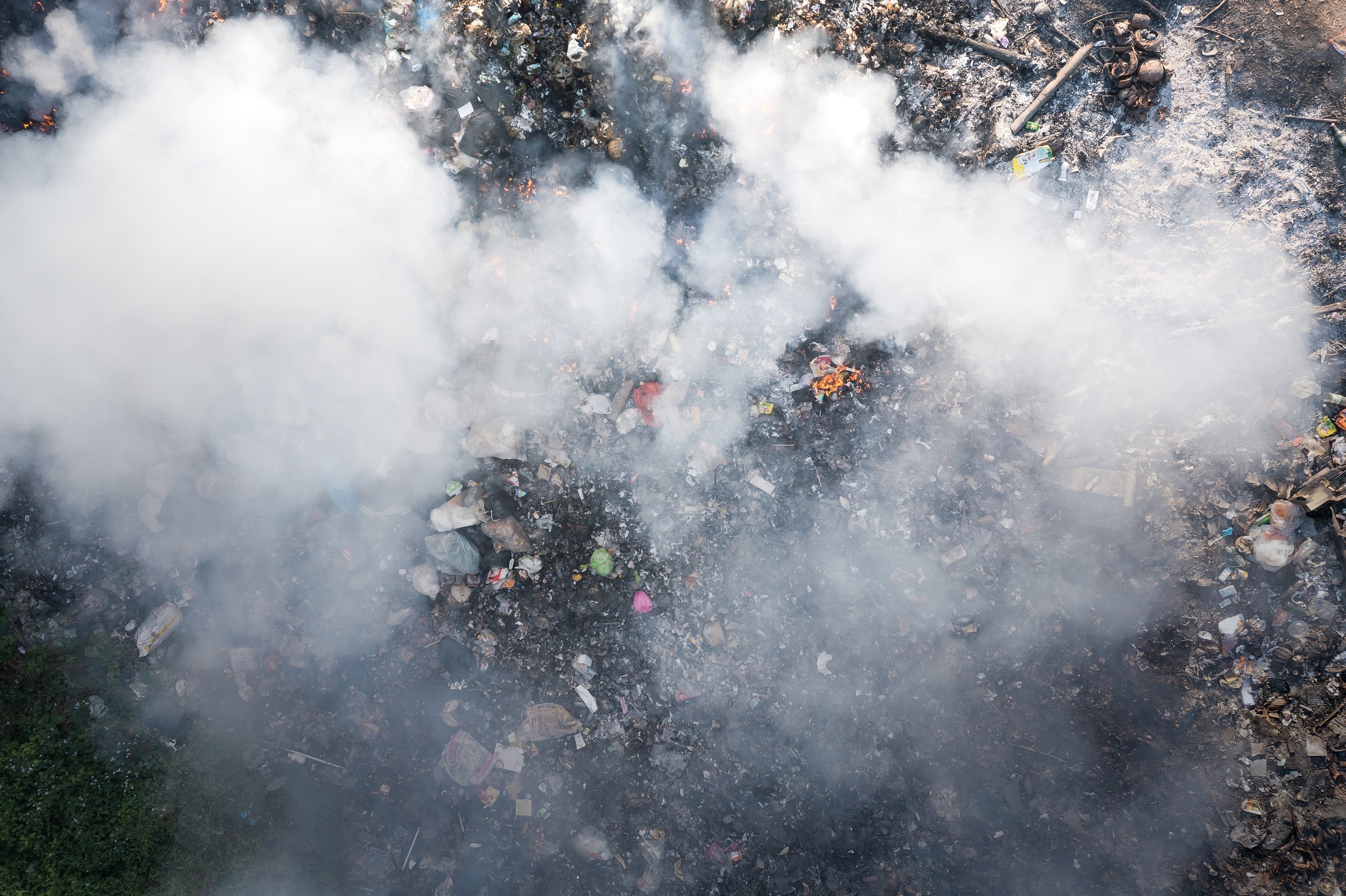
Methane is bad news for communities and our climate
In majority of states, landfills are the biggest industrial source of methane.
There are over 1,200 active municipal landfills in the United States that, according to the Environmental Protection Agency, cost $50 billion annually to maintain. Landfills are not just inert piles of garbage. When organic waste; like food, yard and paper waste; decomposes in a landfill (mixed with inorganic garbage), it creates methane.
